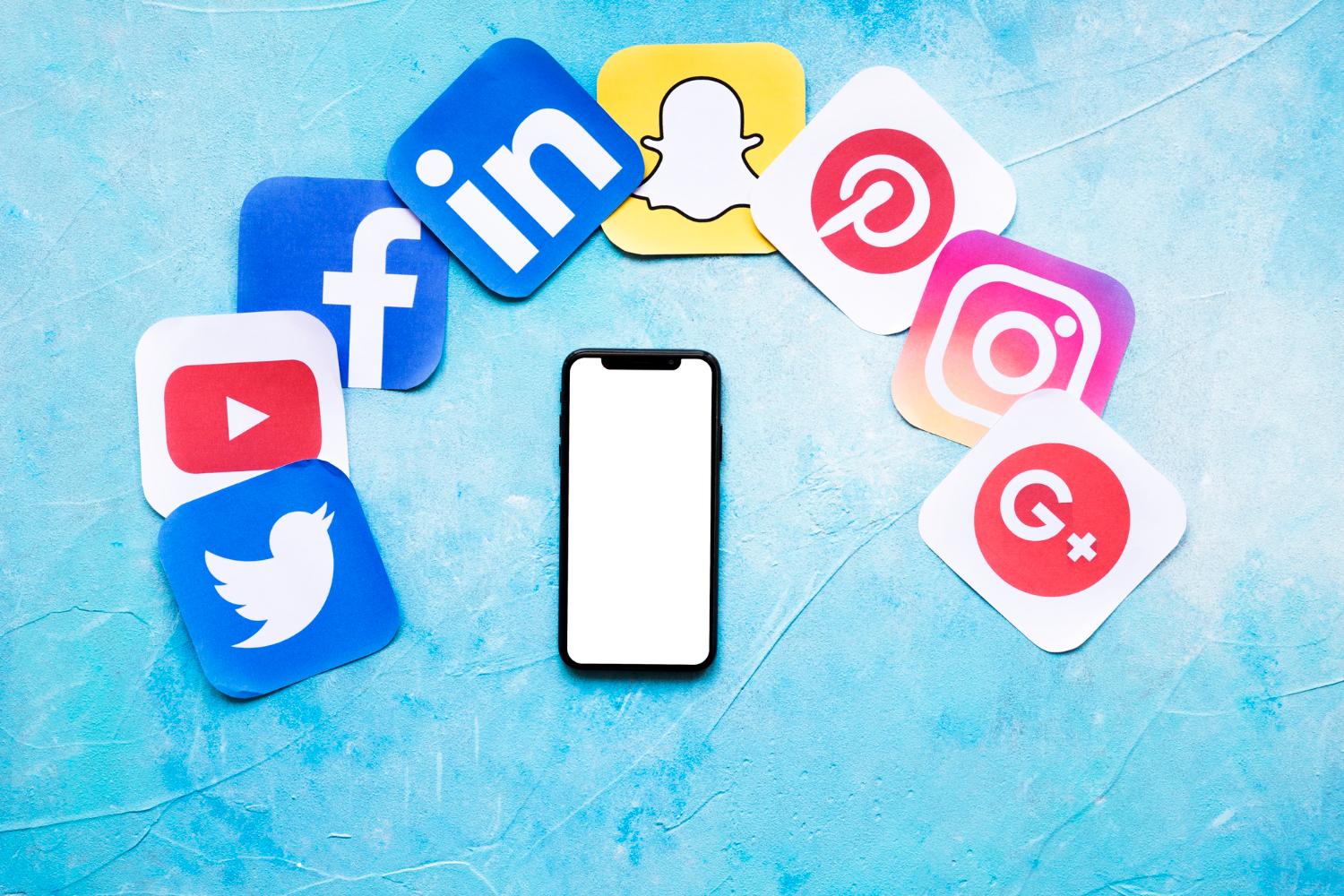Every festive season, business owners pour their energy into planning how to maximize sales, stocking up, launching discounts, and rolling out special offers. But few plan with equal intensity for what comes after the rush. And that, often, is where the real test begins.
When the holiday lights fade away and the sales frenzy quiets, many businesses that failed to prepare for the post-season realities find themselves struggling to stay balanced. Whether it’s the after-Christmas slowdown, the lull following Sallah, or the reset after global shopping events like Black Friday, what happens next can make or mar a business.
Seasonal sales spikes aren’t just about short-term gains. They’re opportunities to build loyalty, strengthen operations, and position your brand for lasting growth, but only if you prepare strategically for both the surge and the slowdown.
Understanding Seasonal Sales Spikes
A seasonal sales spike occurs when consumer demand rises sharply in a predictable pattern, often tied to cultural, social, or economic cycles. While the specific dates and traditions vary globally, the principle is the same: periods of high consumer activity create opportunities and challenges for businesses.
Successful brands view these spikes not as short-term events but as part of a broader strategic plan. Anticipating trends, monitoring consumer behavior, and aligning operational capacity with demand are essential to capturing maximum value.
The after-Christmas holiday sales period is globally recognized as a critical retail window. Shoppers are often motivated by gift exchanges, clearance deals, and holiday cash rewards. Businesses that approach this period with a clear strategy can leverage the momentum of the holiday season to secure lasting customer engagement.
Key strategies include:
- Targeted promotions: Tailor offers to shift leftover stock efficiently, using bundles or “buy more, save more” deals.
- Communication refinement: Transition messaging from festive cheer to “fresh start” or “year-end clearance” themes.
- Post-purchase engagement: Email campaigns can re-engage customers and encourage repeat transactions in the new year.
- Logistics planning: Prepare for increased returns, exchanges, and delivery demands to ensure smooth customer experiences.
The post-Christmas period is not just about clearing inventory; it is about laying the groundwork for continued customer loyalty into the new year.
Black Friday Season
Black Friday has evolved from a single day into a global shopping season that demands meticulous preparation. Businesses face heightened consumer expectations for discounts, convenience, and speed, making operational readiness crucial.
Preparation strategies include:
- Early promotion and anticipation building: Launch campaigns weeks ahead to generate interest.
- Digital infrastructure: Ensure websites are optimized for traffic surges, mobile access, and secure payments.
- Urgency-driven marketing: Flash sales or limited-time offers can encourage immediate purchases.
- Staff readiness: Train teams to handle high-volume inquiries and maintain service quality.
By thinking beyond one day of sales, businesses can maximize revenue, retain customers, and strengthen their brand presence globally.
Sallah and Other Cultural Holiday Sales: Aligning with Regional Trends
Cultural celebrations, such as Sallah, drive distinct consumer behavior. During these periods, spending patterns are influenced by tradition, religious practice, and local customs. Businesses that recognize these dynamics can align their offerings to meet demand effectively.
Considerations for preparation:
- Cultural insight: Understand what products or services resonate with the occasion.
- Authentic marketing: Respectful and culturally aware campaigns outperform generic promotions.
- Flexible payment and delivery options: Many consumers plan budgets around holidays, so adaptable solutions encourage purchases.
- Community engagement: Collaborating with local influencers or organizations reinforces authenticity and trust.
Cultural awareness ensures that seasonal promotions feel meaningful, not merely transactional.
Summer Holiday Sales: Capturing Lifestyle and Travel Demand
Summer holidays often correlate with travel, leisure, and lifestyle spending. Businesses in fashion, travel, and consumer goods can capitalize on this seasonal surge by aligning products with the mood of the season.
Practical steps include:
- Seasonal inventory adjustments: Stock items relevant to travel, outdoor activities, and leisure.
- Experiential marketing: Storytelling that evokes vacation experiences resonates with consumers.
- Supply chain readiness: Anticipate delays from seasonal supplier schedules.
- Targeted outreach: Geo-targeted ads or localized campaigns can attract transient or tourist customers.
Summer is less about urgency and more about opportunity, capturing aspirational purchases tied to lifestyle and experiences.
New Year Holiday Sales
The New Year period inspires a “fresh start” mindset. Consumers invest in fitness, productivity, wellness, and personal growth products or services. Businesses that position themselves as partners in these aspirations often gain enduring customer relationships.
Preparation tips:
- Resolution-aligned offers: Focus on products that support self-improvement or lifestyle goals.
- Bundled solutions: Provide packages that address multiple aspects of resolutions.
- Inspirational storytelling: Customer success stories or case studies build credibility and engagement.
- Retention-focused communication: Reconnect with holiday buyers to encourage continued engagement beyond the festive season.
The New Year is an opportunity to make emotional connections and build long-term loyalty.
Regardless of the holiday or season, successful preparation centers around four pillars:
- Inventory and Supply Chain Management: Accurate forecasting, reliable suppliers, and contingency plans prevent stockouts or delays.
- Marketing and Promotions: Early, targeted campaigns using both digital and traditional channels ensure maximum visibility.
- Customer Experience: Streamlined checkouts, multiple payment options, and responsive support enhance satisfaction and loyalty.
- Staffing and Operations: Trained, motivated teams capable of handling peak periods protect both revenue and reputation.
Strategic planning ensures that seasonal spikes become structured opportunities rather than chaotic stress points.
Seasonal sales spikes from after Christmas to Sallah, Black Friday, and New Year are predictable yet powerful opportunities. Businesses that combine analytical foresight, cultural awareness, operational readiness, and thoughtful marketing can turn these peaks into sustained growth.
Success does not come from reacting in the moment; it comes from anticipating trends, planning with precision, and executing with professionalism. In 2025 and beyond, businesses that prepare strategically for seasonal spikes will not only maximize revenue but also reinforce their brand authority and customer loyalty.










